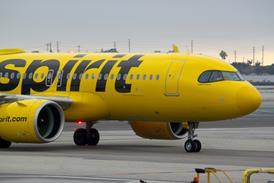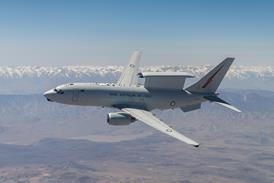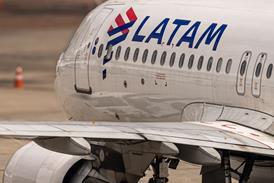The US FAA today finalised amended certification standards that will require makers of transport category aircraft to either have icing protection systems that automatically activate or provide a method to alert pilots that the system should be turned on.
The final rule follows more than a decade of research by the FAA, NASA and others initiated by the fatal crash of an American Eagle ATR 72 near Roselawn, Indiana, in 1994 due to ice build-up on the wings.
Under the new rule new aircraft and those undergoing "significant changes" that impact icing safety must either have an ice detection system that automatically activates or alerts pilots to turn on the system; a definition of visual signs that indicate ice build-up along with an advisory system; or a method of identifying temperature and moisture conditions conducive to airframe icing, alerting pilots of the need to turn on the protection system.
Regardless of the activation method, ice protection systems must then operate continuously, automatically turn on or turn off, or alert the pilots that the system must be cycled again after the initial activation.
In its price estimate for the rule, the FAA says the most costly devices - dual redundant, primary ice detection systems that automatically activate the ice protection system - will cost manufacturers roughly $500,000 to certify and under $15,000 to purchase and install for each aircraft. All costs will be included in the overall aircraft price.
The agency is also considering a rule that would require the existing fleet to retrofit with the upgraded ice protection systems.
Source: Air Transport Intelligence news























